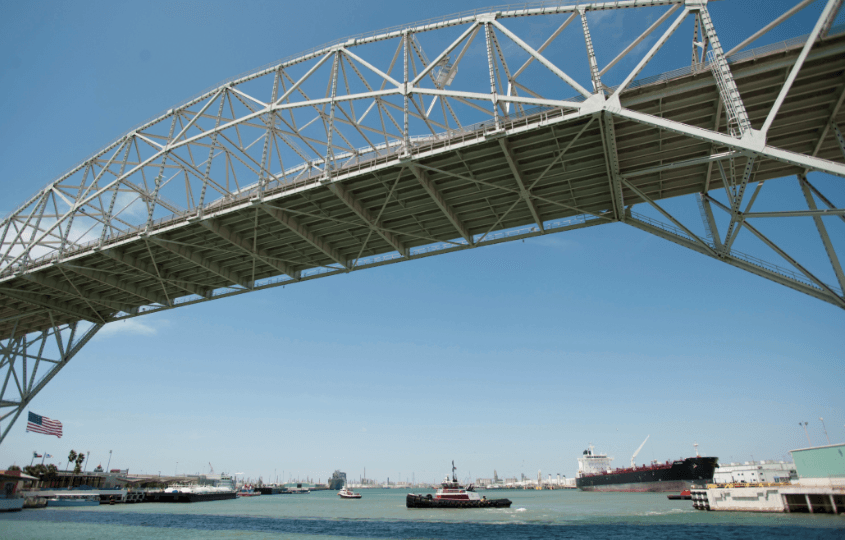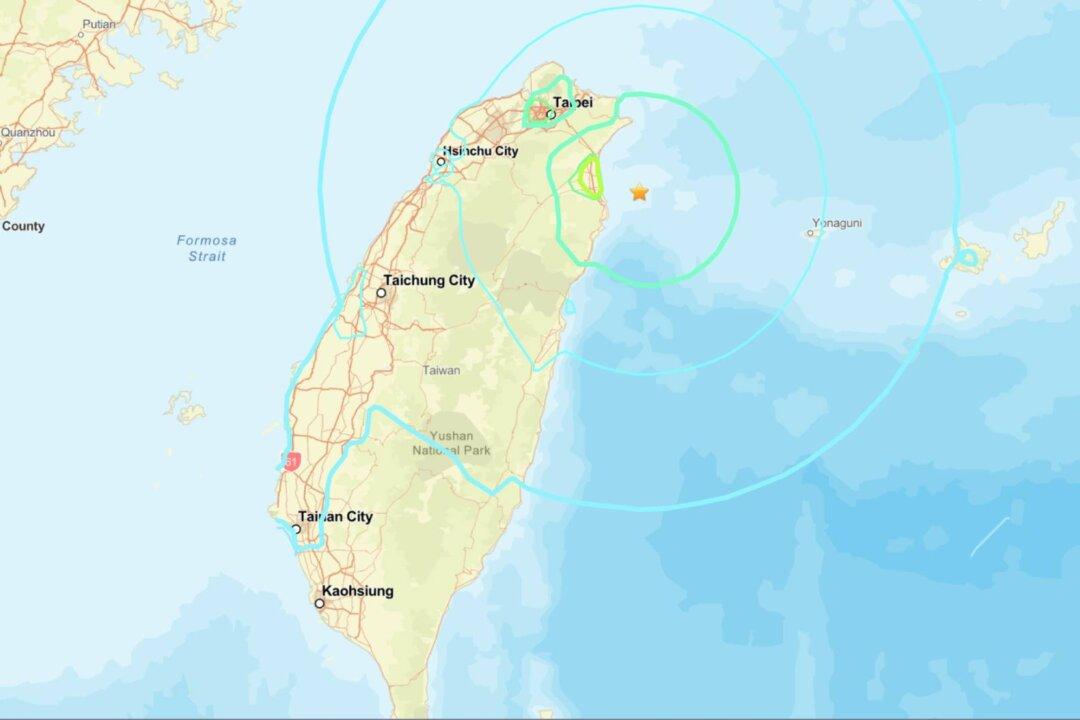NEW YORK/HOUSTON–A high-stakes competition is emerging among energy exporters proposing multi-million-dollar crude terminals along the U.S. Gulf Coast to handle a gusher of shale oil coming from West Texas oilfields.
On Oct. 30, private equity firm Carlyle Group became the latest to place a bet, proposing with the Port of Corpus Christi what it said would be the first onshore U.S. export facility able to load the world’s largest crude tankers.





